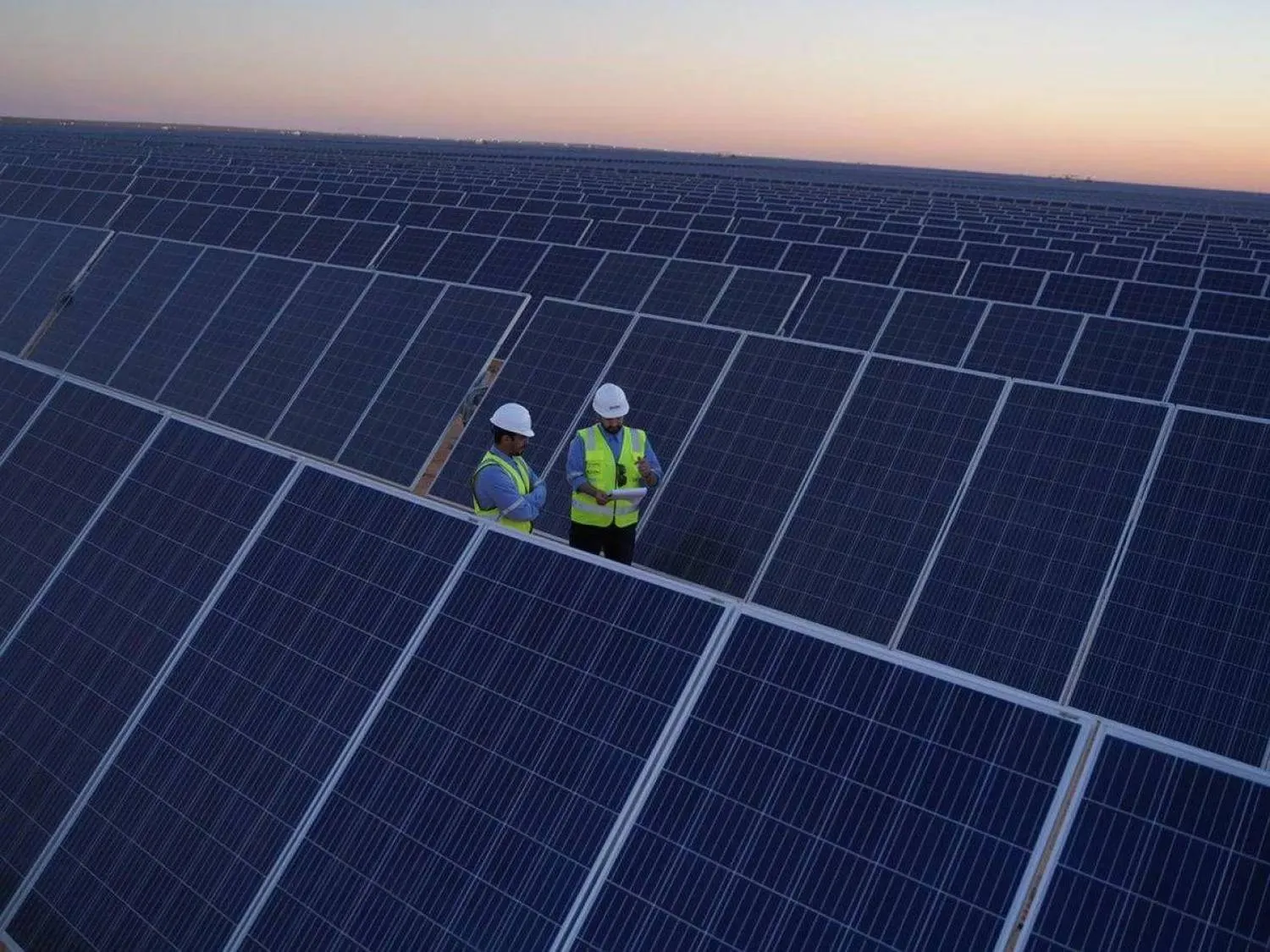The Communications, Space, and Technology Commission (CST) announced that the Saudi space economy reached $8.7 billion last year, including all value-added activities and industries from space technologies and services.
The size of the space market reached $1.9 billion, according to the KSA Space Market 2025 report.
The report aims to highlight the latest developments and growth in local and global space market sizes, support market development and competitiveness, assist investors and entrepreneurs in the sector, and identify promising opportunities in the space industry.
CST Governor Dr. Mohammad Altamimi emphasized that strong support from the wise leadership is accelerating investment, infrastructure development, and the empowerment of national talent. These efforts contribute to achieving the goals of Saudi Vision 2030 and establishing a competitive, sustainable space economy regionally and internationally.
Altamimi also stated that the report extends CST’s efforts to enable the space sector as a new economic driver that strengthens the Kingdom's global position in technology and innovation. The report serves as a valuable resource for decision-makers, investors, and entrepreneurs to understand future trends and promising growth opportunities in the sector.
It also highlights the rapid growth of the Saudi space economy, which is expected to reach $31.6 billion by 2035, with a compound annual growth rate (CAGR) estimated at 12%, supported by investments in space sector infrastructure—at a time when the global space economy is expected to reach $1.8 trillion in 2035, with a CAGR of 9%.
The Saudi space market is projected to reach $5.6 billion by 2035, supported by space technologies, while the global space market reached $176 billion in 2024 and is expected to grow to $377 billion by 2035.
Notable developments in the local and global space markets are also mentioned, including Earth observation data analysis, infrastructure services, integrated communication systems, advanced sensing systems, and the development of small satellites. The report also highlights global shifts in the sector, such as private sector entry, growing demand for satellite-based services, and renewed interest in space exploration.
It also addresses investment in the Saudi space sector and key areas of development, such as satellite communications and navigation, rocket manufacturing and launch services, and satellite-based Earth monitoring.









